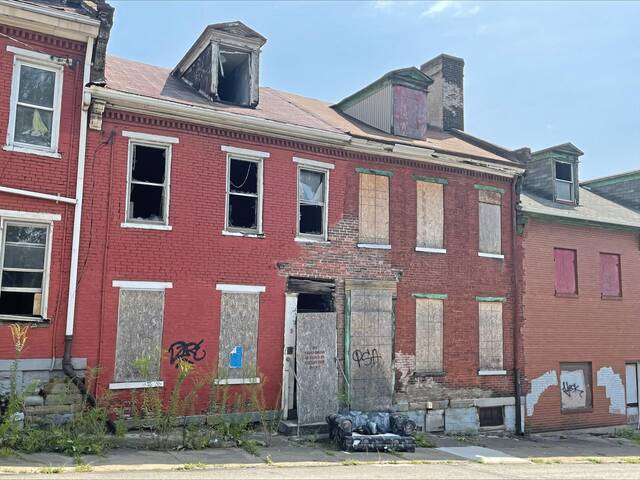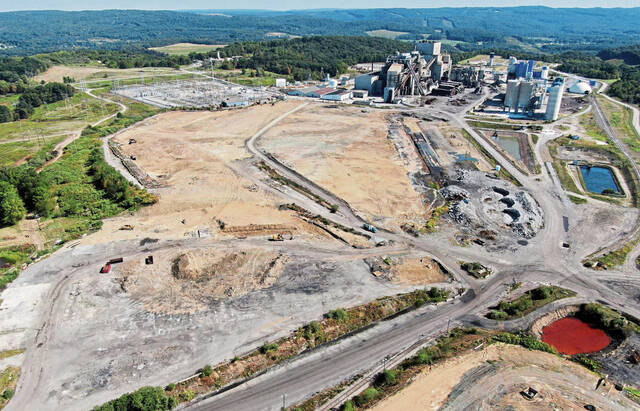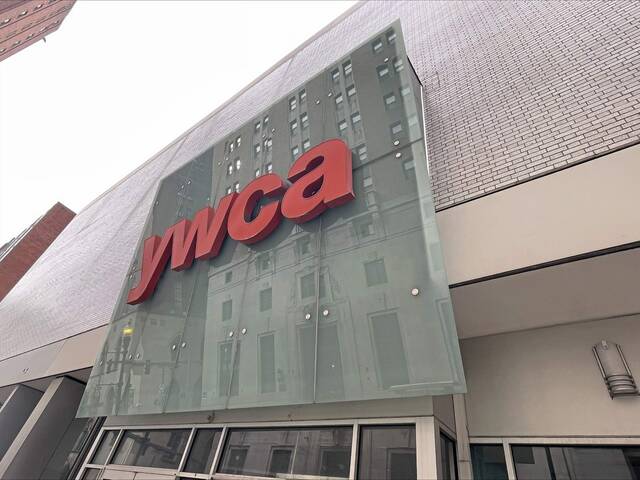Once again, the great hue and cry in quarters both government and political has become that conducting a property reassessment in Allegheny County would be an immorality bordering on a public policy atrocity that would only serve to gouge taxpayers and even retard economic growth.
But the reality is quite different, reminds Jake Haulk, president-emeritus of the Allegheny Institute for Public Policy.
“The lack of accurate (and regular) assessments create enormous unfairness for a large percentage of property owners,” the Ph.D. economist reminds.
“Clearly, property owners with perpetually under-assessed properties — especially those who are greatly under-assessed — will lobby strongly against reassessments and support candidates who commit to never do a countywide reassessment,” Haulk says.
And, absent a court order, some counties will never reassess.
“The consequence is that officials often stridently oppose reassessments using the argument that reassessments will result in tax increases,” he says. “This, even though any windfall increases in tax revenue accompanying a reassessment is, by law, to be rolled back through a tax rate reduction to eliminate the windfall.”
Do note that for the municipalities and county, the reassessment has to be revenue-neutral. But after making the reassessment revenue-neutral by lowering the tax rate, they can legally have a separate vote to raise the tax rate.
Allegheny County is allowed a revenue increase of 5% while other counties may increase revenue by 10% following the vote to establish revenue neutrality after a reassessment.
That said, school districts must abide by Act 1. As long as they are within their Act 1 index, they can impose a small increase.
“County officials who deliberately perpetuate a no-reassessment policy create distrust in government’s primary duty and obligation to provide equitable treatment of its citizens,” Haulk says. “This is especially true since the property owner’s total tax levy includes bills from the municipality, county and school district that add up to very heavy taxation.”
All this said, there is no perfect solution to the assessments problem.
“Any effort to improve fairness must recognize the enormous age range of taxable properties and the variations in quality of properties in and among neighborhoods,” Haulk notes, adding that the effect of these factors can be compounded by any extremely long period since the last reassessments and the fear/distrust of many owners that they will see very large increases in tax bills.
The reality is that some of those owners who are perennially under-assessed and have not paid their fair and rightful share will see significant increases in tax bills. And no doubt that is a major factor in resistance to reassessment.
Nonetheless, there are steps that can be taken to reduce inequities.
“Assessments every three years by reputable and professional assessors — and resolution of complaints of incorrect assessments well before the next assessment — would be a great improvement over the situation in most Pennsylvania counties, including Allegheny County,” the think tank scholar stressed.
Additionally, counties should also maintain constant monitoring of residential and commercial property sales values during the inter-assessment period to keep track of neighborhoods that are experiencing significant increases or decreases in market values in prices compared to the last reassessment value.
“This would help avoid major reassessment shocks,” Haulk says.
Indeed, property reassessments are expensive. But the state Legislature could mandate that municipalities and school districts share the cost.
“Having the full cost … fall on the county is a deterrent to the counties’ willingness to undertake frequent reassessments,” Haulk says, adding the legislation would necessarily have to specify the criteria for the cost-sharing.
But the county, municipalities and especially school districts should become less reliant on property taxes for funding.
“First of all, reducing expenditures and thereby reducing the need for revenue is a good place to start,” Haulk says. “Where possible, taxation should be shifted to other sources of revenue.
“Commonwealth legislation would be necessary in most cases but making taxation less onerous by reducing the burden of high property taxes that heavily impact people with less ability to sell or move should be a legislative goal.”
Still, “Pennsylvania, as one of only two states … with no legislative requirement for regular reassessments, does a great disservice to a major share of property owners by allowing counties to keep outdated assessments on the books — for decades in some cases,” Haulk concludes.”








